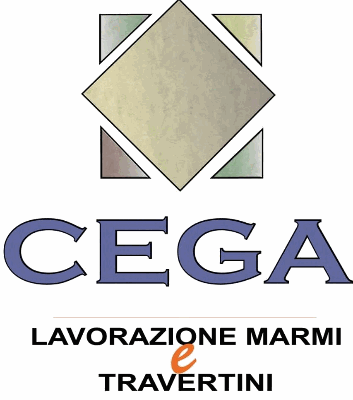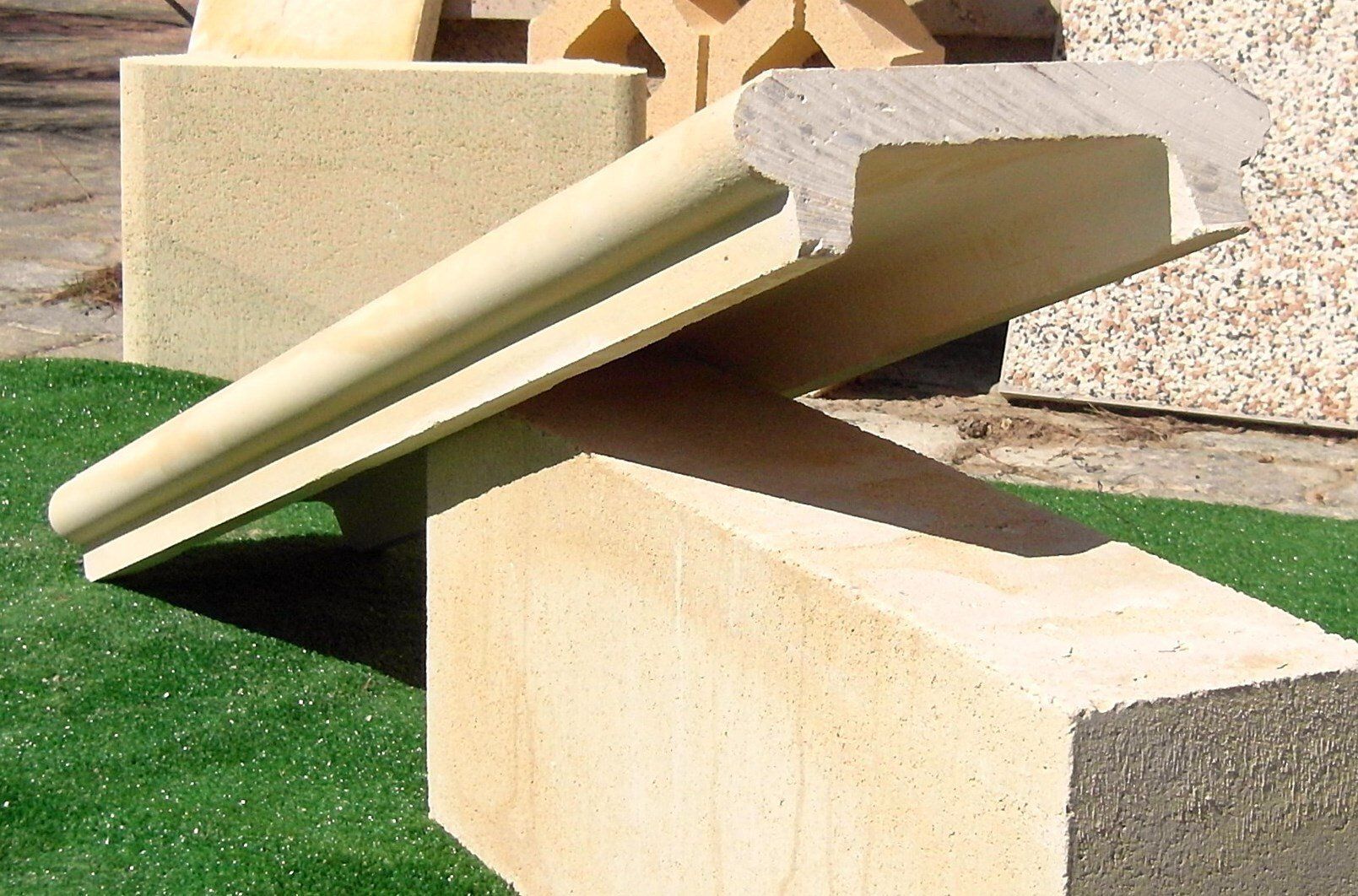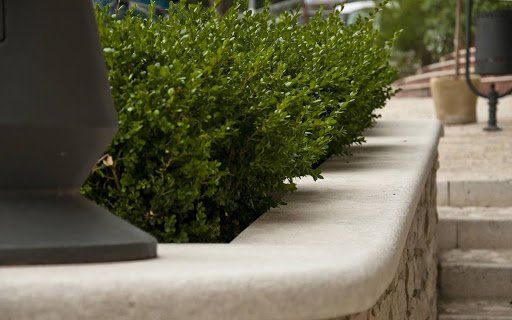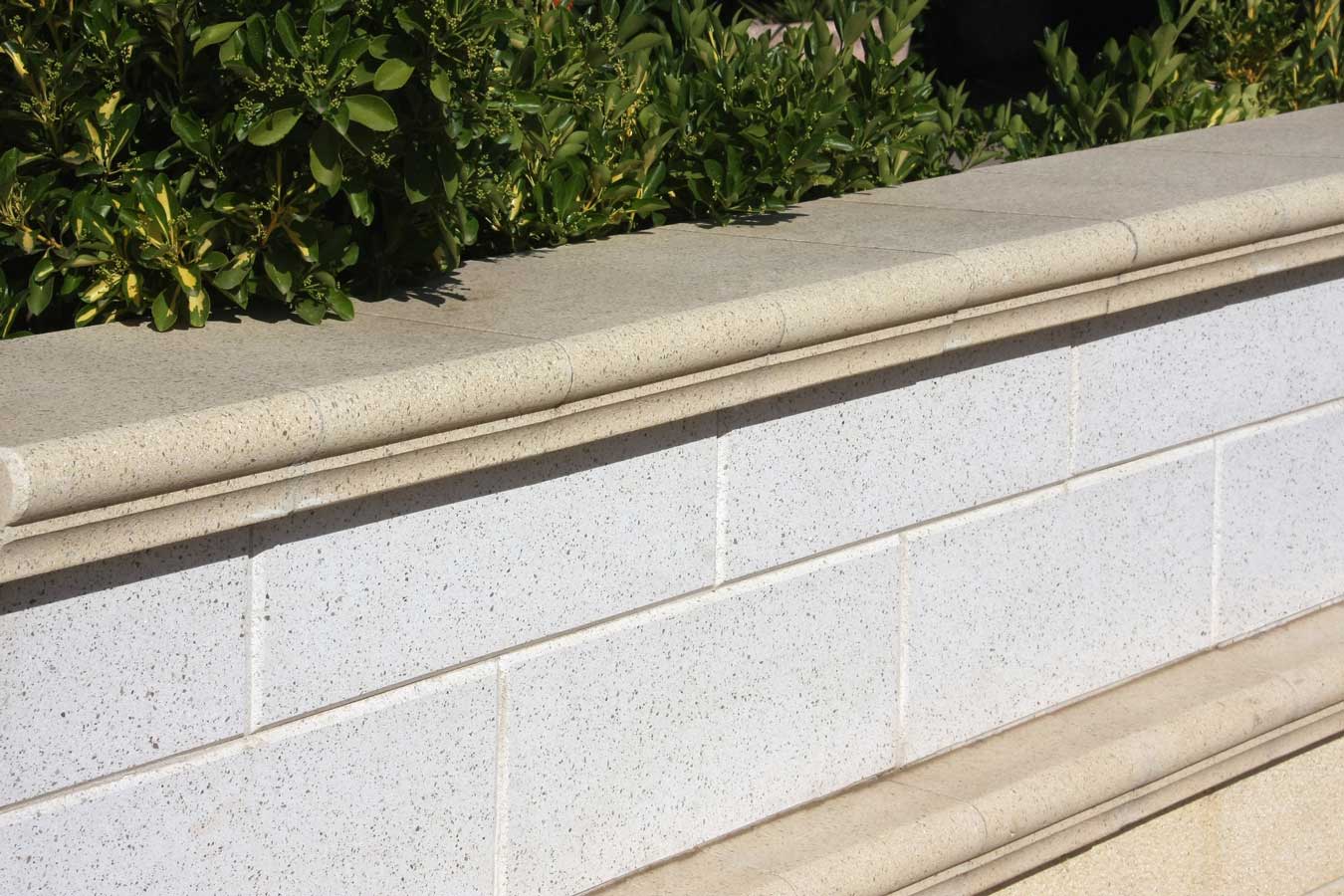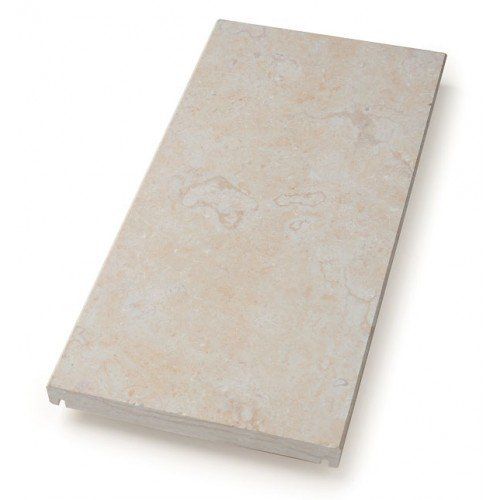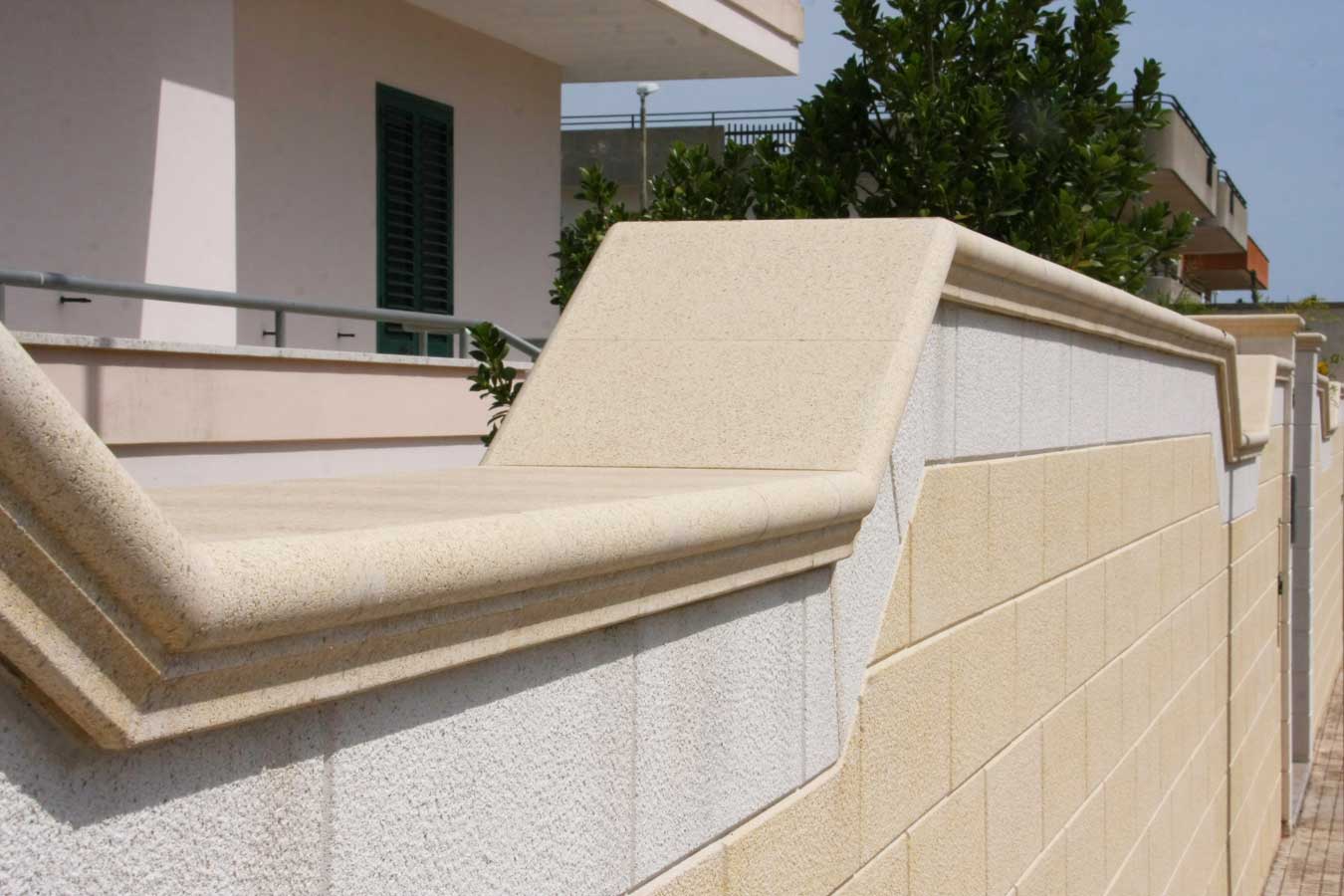WALL CLADDING IN MARBLE, TRAVERTINE AND LAPIS STONE
Why lay a wall cover?
How many types of wall coverings are there?
Material processing
What are the Covers most requested by our Customers?
Travertine cladding
Travertine is a chemical-type calcareous sedimentary rock, widely used in construction, especially in Rome, since the first millennium BC.
The natural colour varies from milky white to walnut, through various shades from yellow to red. It is common to encounter fossil footprints of animals and plants.
Travertine is a robust and docile stone, usable for floors, both external and internal coverings, and also, in some cases, for sculptures.
Marble Cladding
Marble cladding offer a double advantage: they protect the structure and decorate it.
This precious material has various uses from covering a wall or surrounding a floor or terrace and it will guarantee the structure an added value both from the point of view of beauty and a maintenance perspective. A marble cover with drip tray prevents rainwater from flowing along the edges which are the weakest part of the structure, preserving it and extending its life.
Peperino cladding
Peperino or piperino is a magmatic rock, made up of fragments of trachyte or tephrite, and containing leucite in various percentages.
The classic colour is speckled grey. It is also present in various areas of central Italy.
It is used in construction - typically for wainscoting, bands, paving, thresholds and stairs.
Lapis stone cladding
This marble comes from the stratification and sedimentation of sandy rocks and is characterised by the presence of subvoidal eyes measuring a few centimeters with light beige tones, on a yellow background. It is usually used for both external and internal applications; in the first case it is used for public (urban) and private building furnishings; in the second case it is used for both commercial and domestic use, the flooring and cladding of bathtubs, washbasins and kitchen countertops.
Peter Brown cladding
Peter Brown is a high quality sedimentary sandstone thanks to its technical characteristics of resistance to atmospheric agents that allow it to be used in any climatic environment. It is compact and uniform with imperceptible stratifications and is characterised by the variability of its colour: from ochre yellow to brown, tending to burgundy up to vague and ill-defined veins. Typical of central Italy, it is widely used in the construction of internal and external coatings, public pavements and historic centers thanks to its anti-slip and non-freezing characteristics, resistance to smog, acid rain and salt.
Sunny Stone
Sunny Menia is a medium-grained, beige-coloured sedimentary rock characterised by golden hues and coloured fossil traces. This marble is commonly used for interior and exterior floors and walls, decorative elements, swimming pools, stairways, thresholds and cladding - thanks to its resistance and versatility. Of Egyptian origin, the 'stone of the sun' is extracted from the quarries of the district of El Menia and is one of the best known and appreciated materials for its quality:price ratio. Sunny Menia differs from Silvia Menia in terms of the cut: from the same block the Cross Cut is a Sunny and a Vein Cut is a Silvia.
